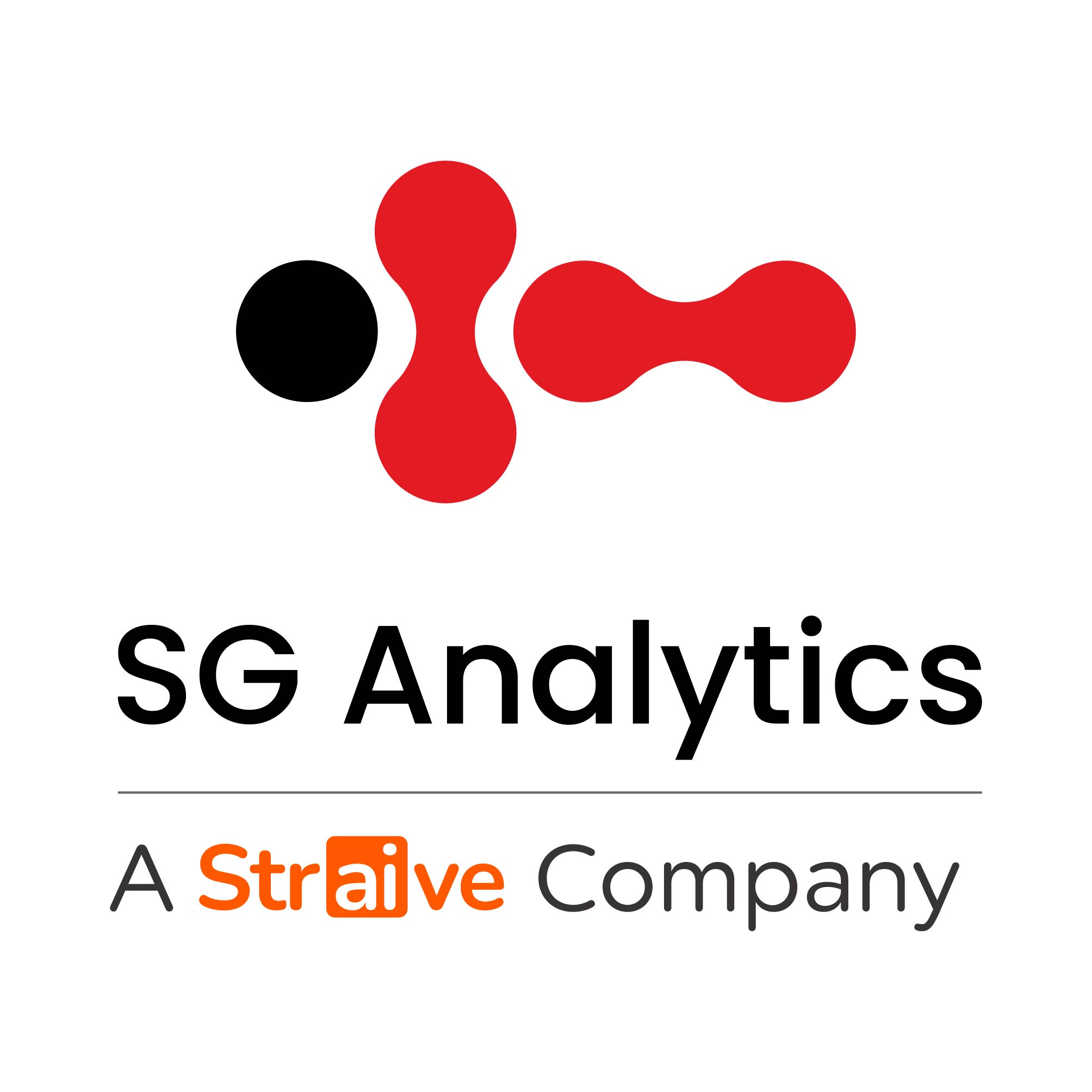The media and entertainment industry had to read the tea leaves (TV ratings, blockbuster charts, etc) to arrive at their investment decisions. But the scenario has changed, and the industry is now awash in data. Backed by competent analytics capabilities, data can be accurately sifted and understood to perk up the media and entertainment industry’s telecast and advertising bets.
Consumers today are viewing and sharing more content than ever before, highlighting the importance of data analytics in media and entertainment. Hence, the incredible amounts of data open up massive opportunities for the media industry in content planning, bundling, and distribution. However, the challenge for data analytics in media and entertainment industry is not in data collection, but in extending integration of multiple data streams and analyzing data to derive actionable insights. Industry players must constantly strive to gauge, spot, and respond to consumers, who watch and listen online. Having said that, it is imperative for media and entertainment companies to grab the opportunities enclosed within data – or watch digital competitors spearhead the industry.
How the media and entertainment industry dipped into the data lake?
Our association with media and entertainment companies across the value chain (content creators, aggregators, distributors, marketers, etc) leaves us with no doubt that companies building analytics capabilities are generating tremendous value. C-level executives are embracing groundbreaking data analytics capabilities to spark a renaissance in the media and entertainment industry.
Firstly, today’s smart devices have facilitated accessibility of content via the internet, creating a highly demanding customer base. And many industry players are struggling to serve their audiences. These companies must uncover deeper insights from the streams of data collected. In a way, companies could monitor social media to categorize data and draw logical conclusions from consumer insights. Secondly, we live in a multichannel world where customers are rapidly adopting connected devices and innovative distribution platforms. Marketers in the media and entertainment industry must understand how their audience is interacting across various channels and screens. To emphasize, marketers must explore ways to create value from those interactions. Given all these, the media and entertainment industry must strain every nerve to achieve a real-time, holistic view of how consumers perceive their content, and respond to consumer behavior and preferences.
Data analytics in media and entertainment industry holds immense potential to revolutionize the future of content personalization. It can unleash a new era of innovation, help media companies understand audiences, refine marketing activities, and improve customer advocacy. All these further enhance customer experience – the spotlight in the media and entertainment industry. In the same fashion, the timing for a media and entertainment industry game changer couldn’t have been any better.
Data analytics in media and entertainment for product innovation
With access to increased data, media companies understand their consumers better and deliver more personalized content and products. In the new media landscape, companies generate value by predicting appropriate content (movies, music, videos, and games) for various sets of audiences. Moreover, media and entertainment companies could also micro-target channel preferences-based content for consumers.
Stories from the front line
For instance, Netflix has turned into a big-ticket player among the OTT service providers in the media and entertainment industry. The company’s success stems from audience insights as it enabled it to transform its product delivery model – from rental to streaming media. Netflix analyzes network data to develop, license and market fresh content – creating immense leeway.
The company spent USD100 million for a series of 26 episodes of ‘House of Cards’. Although rumors pointed to a risky investment, Netflix already knew that this investment will serve them well in future. The in-depth and fine-grained analysis of audience preferences helped market the series for a precise set of audience. The target audience was the one who was stuck with similar programs and fan base for director David Fincher. Consequently, the company witnessed a threefold increase in the ‘House of Cards’ series content deal. Since then, its sales almost doubled from USD4.37 billion to USD8.83 billion. In fact, Netflix’s audience analytics capabilities attracted the attention of widespread consumers as it recently topped 100 million subscribers.
Advanced data analytics in media and entertainment
The media and entertainment industry has turned notorious for its unpredictable consumers. Hence, data analytics in media and entertainment is an attractive bet because of its power to predict audience behavior. Jon Davies, Director of EU Music Partnerships at Shazam explained how the music app could predict the best songs from 2 months in advance. The key to such a successful execution of data analytics can be a deeper understanding of data in small steps. Most companies in the industry fail by analyzing a whopping number of data streams without any objective. In the music application domain, very few companies have been successful in building data analytics capabilities for influencing programming, featured playlists, audience reviews, and content curatorial decisions. Hence, the industry is ripe for disruption. However, companies that can devise ways to push content to consumers will likely have a leg up in a highly competitive landscape.
Leveraging advanced analytics for marketing and content discovery
Collecting data is easy today – however, the knowledge of what to do with it is a tough task. And the media and entertainment industry is facing this challenge. The ever-expanding amounts of data generated by companies are waiting to be analyzed and transformed into dynamic, profound capabilities. Traditional management practices are not letting industry leaders realize the potential of data at their fingertips. Fundamentally, companies will become more adept at predicting the future with consistent learning environments in real time – across business functions.
Marketing and Sales: A successful discovery of effective marketing channels requires relevant data sets – social media, community, and influencers. Media and entertainment marketers must identify such sources of data including publishers, artists, producers and content creators. ‘Destination thinking’ is imperative for data analytics in media and entertainment industry’s marketing function.
Learn more about our Data Solutions
Content Discovery: Every business in the industry needs to know the direction toward which the market is heading. The content discovery function must analyze the market trends to decide on which content is to be featured and which is slowly turning stagnant. Further, defining the market trends is an important aspect, but predicting the lifeline of trending content is even important. Hence, scenario analysis and content experiments are the most efficient ways for the content discovery teams in the media and entertainment industry.
Stories from the front line
For instance, Viacom, owner of famous brands such as Nickelodeon, Comedy Central, and MTV, has been able to position itself as a purely data-driven media enterprise. Monitoring of digital networks has helped the company’s content discovery team share the right content to the right audience and at the right time – across 170 cable, broadcast and online networks in around 160 countries. In fact, the company’s data analytics capabilities have helped develop use cases for network data. Such use cases have helped Viacom’s marketing function increase customer retention.
Time Warner Cable Media is the company’s marketing arm, which operates across 15 different markets reaching over 8 million subscribers. With the vast amounts of data generated, the company has its own database growing at the rate of 0.6 terabytes per day. The company’s marketing function has been able to create detailed customer personas by combining real estate records, demographics, and local viewing preferences. The content discovery capabilities are synchronized with the marketing skills of the company. Using the same, TWC was able to perform effective cross-platform analytics and predict the right content for the right audience. In fact, Time Warner Cable Media was able to decide which audience sets would be interested in which movies.
Beyond the buzz
Media and entertainment companies must invest in effective data analytics and research. The industry’s internal talent pools still need to understand the importance of data sources, as analyzing data inadvertently left by consumers will mislead content discovery efforts. As the industry breaks new grounds and draws new customers, publishers must manage new sensitivities carefully. Finally, companies must consistently synchronize various traditional techniques with marketing and content discovery data-driven methods.
Although data analytics in media and entertainment industry doesn’t look like a silver bullet, it is quickly turning into a competitive edge for industry winners. Media and entertainment companies must respond to the imperative advent of advanced analytics. By adopting a pragmatic approach, companies will be able to reap maximum value from their data.

